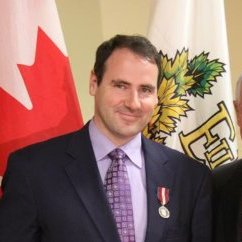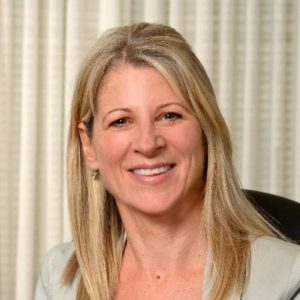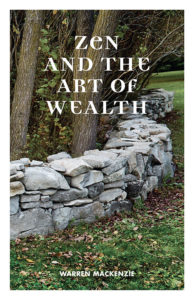
As regular Hub readers may know, I often write financial articles for other (mostly) digital media, usually the Financial Post, MoneySense.ca and Motley Fool Canada. Here’s some of the most recent blogs or columns, with links via the headlines.
Nearing Retirement and still insecure about your finances? Sadly, you’re not alone. (FP, Nov. 17)). This came out of a survey released this week by Mackenzie Investments that suggested many of us actually feel less secure financially about retirement the closer the actual date arrives. One reason is grey divorce and another perhaps related one is dipping into retirement savings to help adult children.
The latter idea was explored In an earlier FP blog I wrote this week: When Boomers should turn the taps off (or on) when it comes to financial assistance for their kids. (FP, Nov 15). There I pass along a term I learned from occasional Hub guest blogger Doug Dahmer of Emeritus Retirement Solutions: KIPPERS, also mentioned in the photo caption above.
KIPPERS stands for Kids in Parents’ Pockets Eroding Retirement Savings. I also mentioned this in a short segment on this topic on Tuesday with Peter Armstrong on CBC’s On the Money show.
A few weeks earlier, the CBC aired another segment between me and Armstrong titled You’ve never going to retire, and Here’s Why.
Canadian Personal Finance Conference this weekend
That of course touched on the new book I’ve coauthored with Mike Drak, Victory Lap Retirement. The FP has also been running excerpts of the book the last several Mondays. You can find the first four here. Number 5 is slated for next Monday. By the way, co-author and fellow blogger Mike Drak and I both plan to attend the Canadian Personal Finance Conference 2016 this weekend in Toronto. Hope to see other financial bloggers there!
Last weekend, the FP ran a my column on Locked-in Retirement Accounts (LIRAs): The RRSP’s less flexible cousin: Everything you need to know about the LIRA. Watch for a followup column that addresses reader queries on this topic.
Earlier this week, Motley Fool Canada ran my take on investing in the post-Trump-victory world: Don’t dump your long-term investment plan over Trump’s victory. And it’s just published my latest quarterly report for Stock Advisor Canada, this one on CRM2 and Best Interest (only subscribers with a user name/password combo can access this).
Over at MoneySense.ca on November 11th was the online version of my most recent column from the November issue of the magazine, which is on annuities: How to win using annuities in retirement.
Hey, no one promised my Victory Lap Retirement would be easy!





